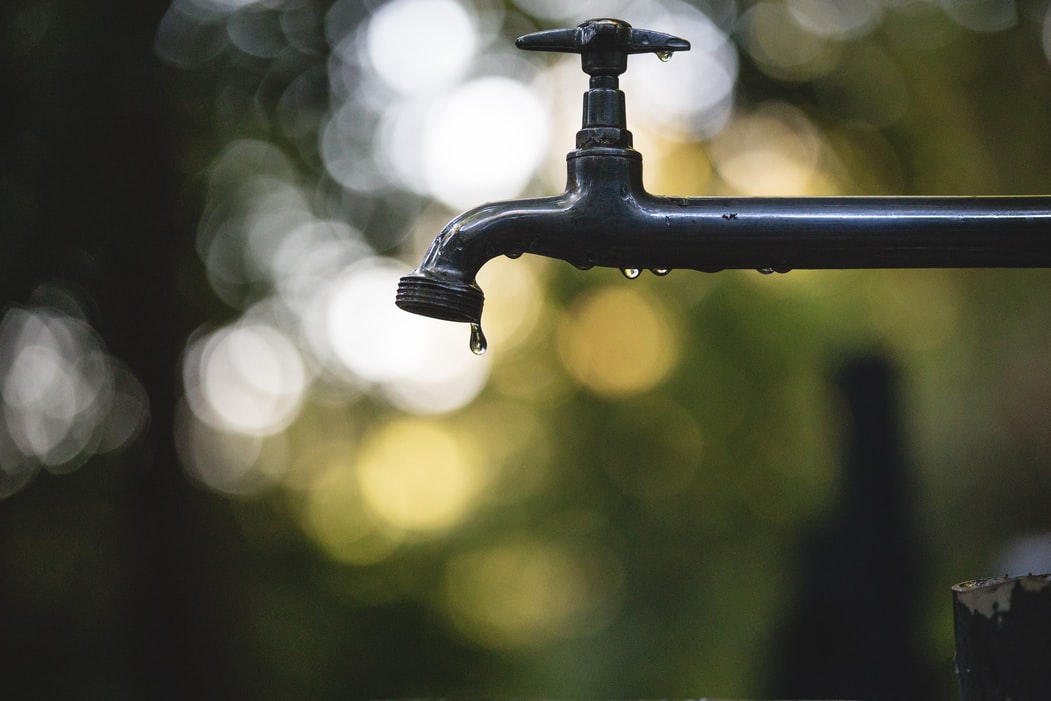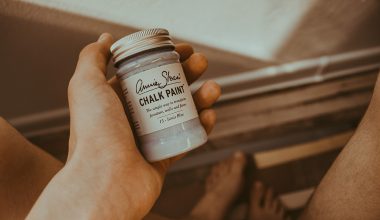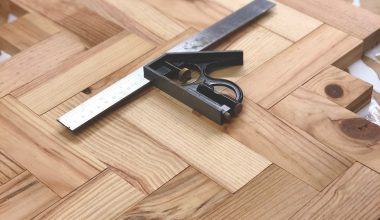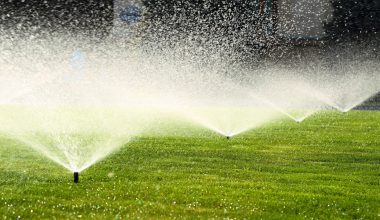You’ve likely found that somewhere in your home, such as your basement, needs a dehumidifier. But how do you determine the right size dehumidifier to buy? Sometimes the dehumidifier specs will tell you what space it covers, but you also need to know what the moisture levels are. Let’s look into what factors determine what size of dehumidifier you need.
Especially when you live in a humid climate, your home and basement are susceptible to water damage caused by that humidity. It comes in the form of a musty smell, water-damaged walls or trim, and sometimes mold, one of the most offensive allergens out there.
How to Determine the Right Size Dehumidifier
1. Dehumidify With Routine Maintenance and Repair
The first thing you need to do before looking at dehumidifiers is to evaluate if anywhere in the space is in disrepair and contributing to the moisture problem. For example, a leaky pipe that drips water will only add to the moisture level in that space. You might need to do some mold removal first.
For an area in the same space as a washer and dryer, keep those appliances in working order and make sure the lint trap is consistently cleaned out. This way, you will know you’re getting the most efficient dehumidifier for your space.
2. Check the Humidity Levels In The Room or Basement
The next thing to check is the actual moisture level of your space. The more moisture that’s present in the space, the harder your dehumidifier will have to work to keep the space dry.
While you can check the humidity level in a space with a humidity meter, you might not want to buy an additional appliance for this purpose. You can get a good and general idea of humidity levels just by using your eyes, feeling the environment, and by smell.
Here are some descriptions of the different moisture levels of a space to help you:
Damp (50-60% Humidity)
- Occasional musty aroma
- Occasionally feels clammy
- Air feels heavy
Moderately Damp (60-70% Humidity)
- Always damp feeling
- Always smells musty
Very Damp (70-80% Humidity)
- Occasional visible condensation on walls
- Occasional wet spots on the floors or walls
Wet (80-100% Humidity)
- Always condensation on the walls or ceiling
- Standing water apparent
- Mold may be present
3. Measure the Size of the Room or Basement
For the next step, grab a tape measure (or a laser measuring tool) and figure out the approximate square footage of the area you want to be dehumidified. In general, the bigger the room, the higher-capacity dehumidifier you will need.
In case you need a reminder of how to get square footage, measure the perimeter of the space by length and width, then multiply those figures to get the square footage of your space.
4. Find the Dehumidifier Size You Need by Assessing Room Conditions and Room Size
Once you’ve got your two measurements of moisture level and square footage, you can easily tell what size dehumidifier you will need. Dehumidifiers vary by the maximum amount of water they can hold.
Get a 25-30 pint humidifier if…
- Your space is 300 square feet and very damp to wet
- Your space is 500 square feet and damp to moderately damp
Get a 35-40 pint humidifier if…
- Your space is 500 square feet and wet
- Your space is 800 square feet and damp to moderately damp
Geet a 45-50 pint humidifier if…
- Your space is 800 square feet and very damp to wet
- Your space is 1,200 square feet and damp to moderately damp
If you are unsure about what pint capacity you need in a dehumidifier, lean towards getting a bigger-sized one than a smaller one, especially if it has a humidistat on it. That way, you can set the humidity level where you want it (50 rh for summer and 30 rh for winter is ideal) and the dehumidifier will do the work for you.
5. Additional Factors When Determining the Right Size Dehumidifier
There are a few other things that influence the humidity levels in your home. In addition to the area needing dehumidified and the existing humidity level, you will need to add pint capacity in the following scenarios:
Add 5 pints if…
- Multiple people live in the home
- There are multiple doors and windows in the space
- The humidifier is in the same room as a washer and dryer
Add 10 pints if…
- Your home is in what’s considered a humid climate
Conclusion
Rooms that are too damp can cause unpleasant odors, damage to your home, and can even attract unwanted pests like roaches that like humid conditions. By purchasing the right size dehumidifier for your needs, you can have a much drier space and, in turn, a longer-lasting home.







